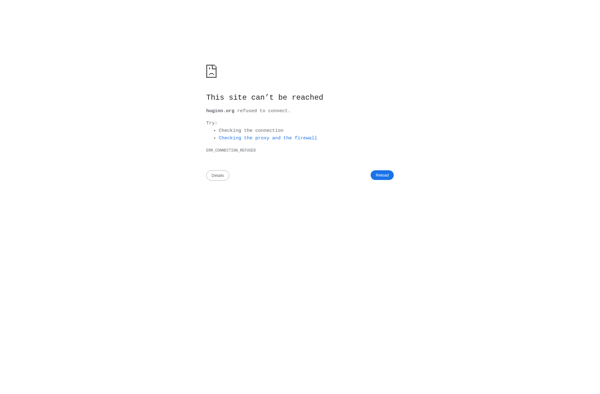Python
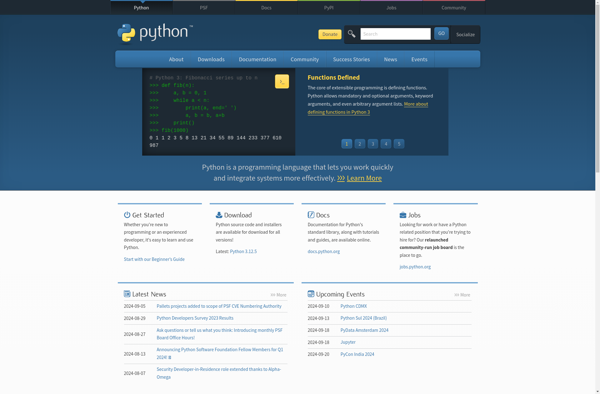
Python: General-Purpose Programming Language
Python is a popular general-purpose programming language known for its simplicity and versatility. It has a large standard library and is often used for web development, data analysis, artificial intelligence, and scientific computing.
What is Python?
Python is a high-level, general-purpose programming language that emphasizes code readability and rapid application development. It was created by Guido van Rossum in 1991 and has since become one of the most popular programming languages.
Some key features of Python include:
- Easy to learn syntax that resembles everyday English
- Interpreted language that can be run on any platform with a Python interpreter
- Dynamically typed language that detects errors during runtime
- Free and open source with a large community of contributors
Python is often praised for having a very readable syntax that focuses on code simplicity and avoids overly complex constructs. The Zen of Python design philosophy states that code should be "readable, simple, and explicit".
Due to its versatility, Python is used for a wide range of applications including:
- Web development - Popular frameworks like Django and Flask
- Scientific computing and data analysis - numpy, pandas, matplotlib
- Artificial Intelligence - machine learning, neural networks
- System automation and scripting
- Video games and 3D animation
Python has a very active global community that provides excellent documentation and support for new programmers. Numerous libraries and frameworks extend Python's capabilities for nearly any task. Overall, Python strikes an excellent balance between programming productivity and performance.
Python Features
Features
- Interpreted high-level programming language
- Dynamically typed
- Automatic memory management
- Supports multiple programming paradigms (OOP, structured, functional, etc)
- Large standard library
- Easy to learn syntax
- Open source with large community support
Pricing
- Open Source
Pros
Cons
Official Links
Reviews & Ratings
Login to ReviewThe Best Python Alternatives
Top Development and Programming Languages and other similar apps like Python
Here are some alternatives to Python:
Suggest an alternative ❐R (programming language)
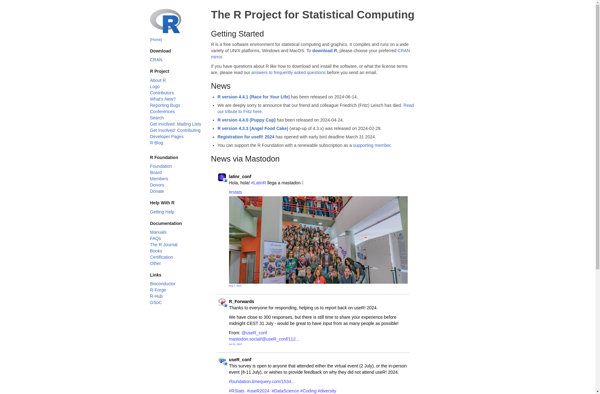
Go (Programming Language)
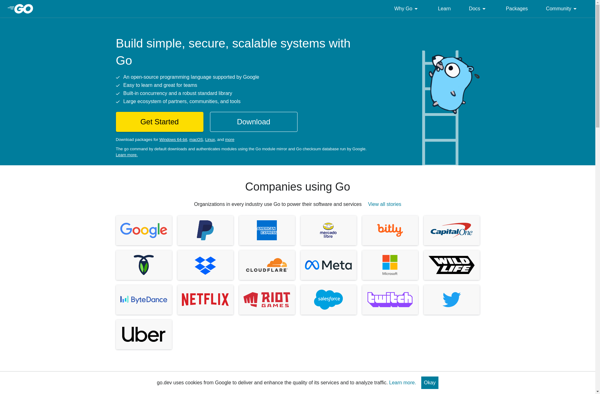
C#
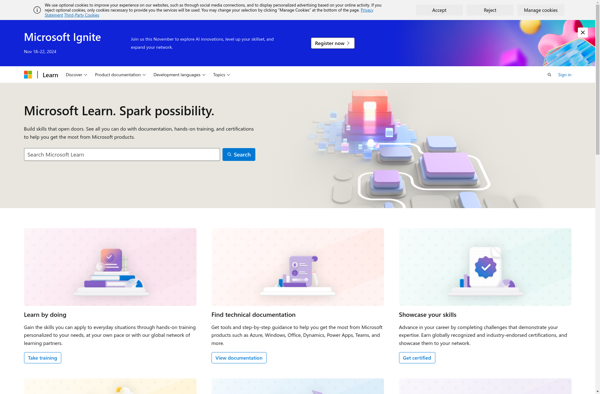
JavaScript
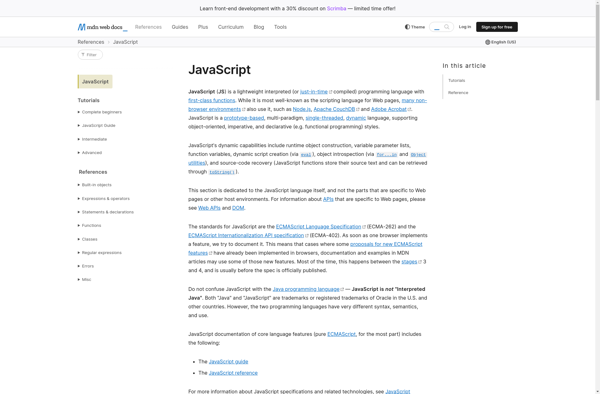
Kotlin
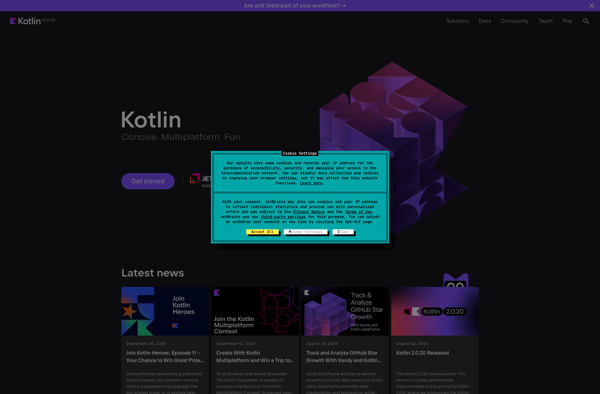
PyPy
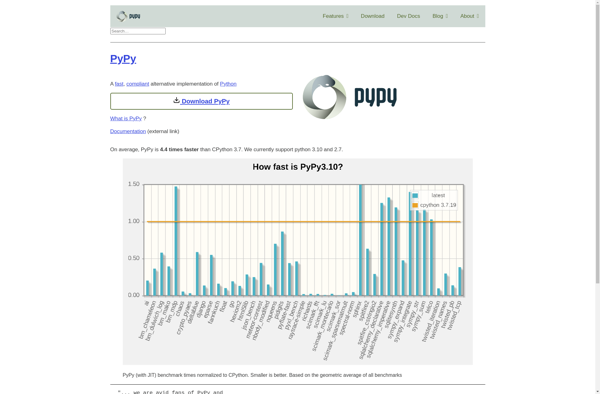
Julia

FreeBASIC
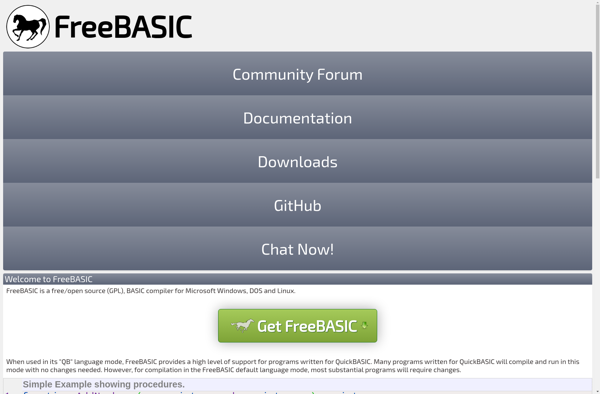
Elixir
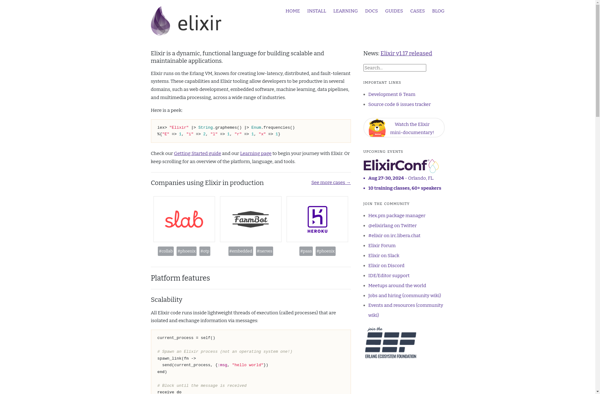
Smalltalk
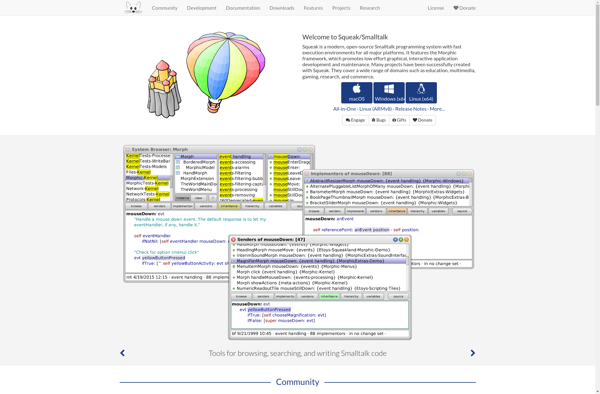
Jython
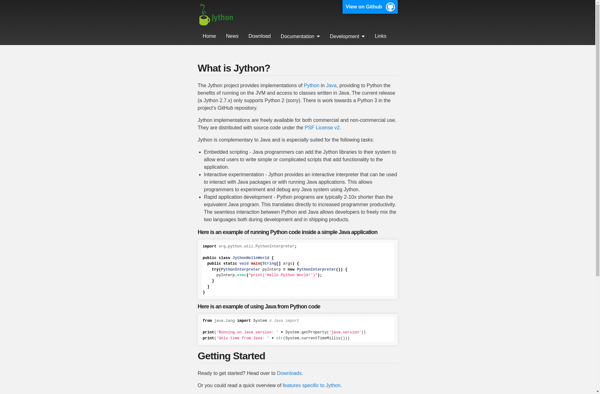
Haxe
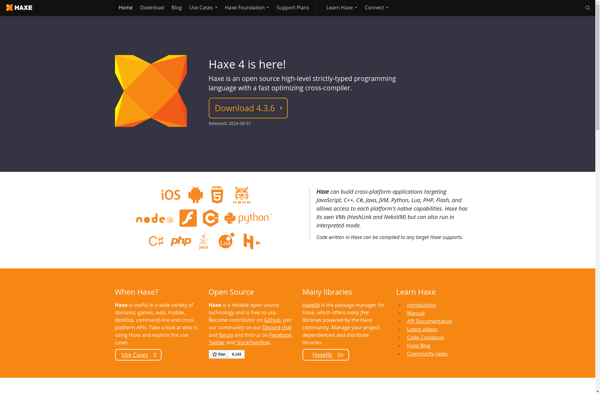
Haskell
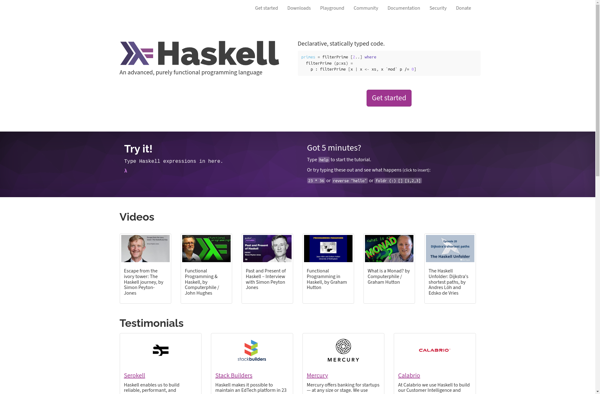
Groovy
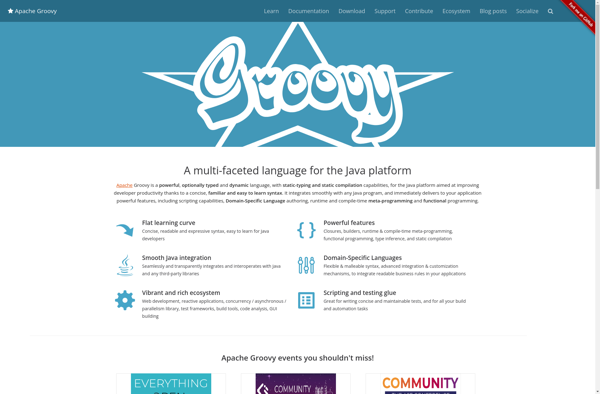
Erlang
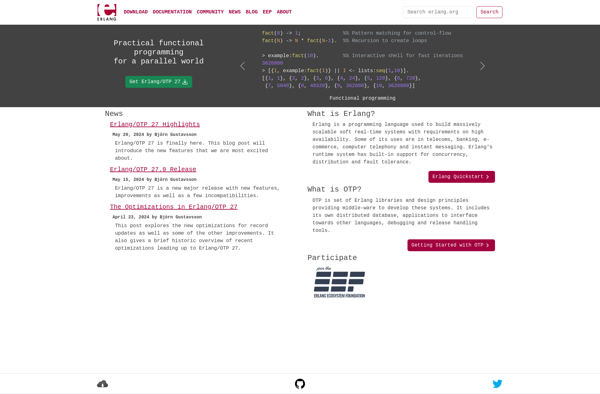
V (programming language)

Reshape.XL
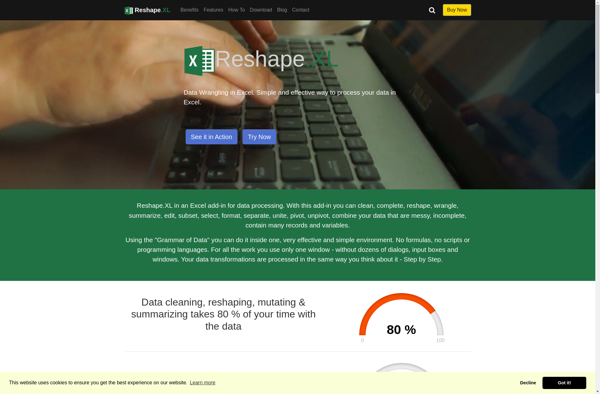
IronPython
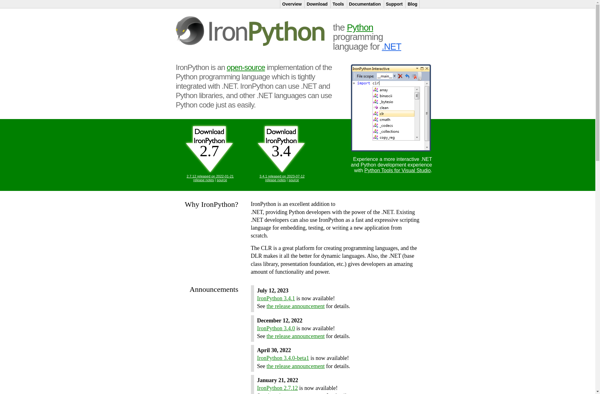
REBOL
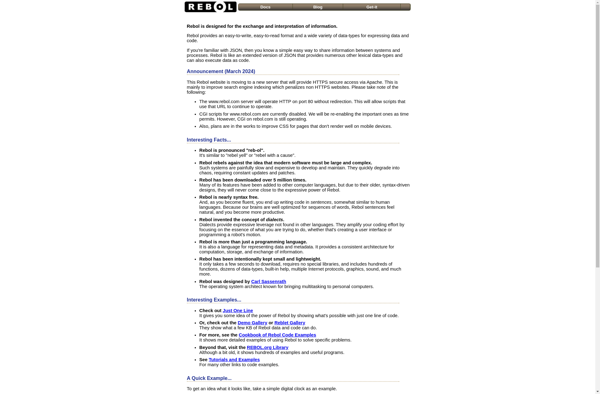
Ceylon
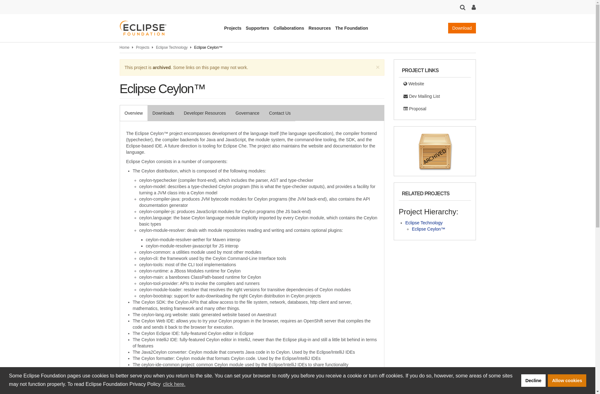
SdlBasic
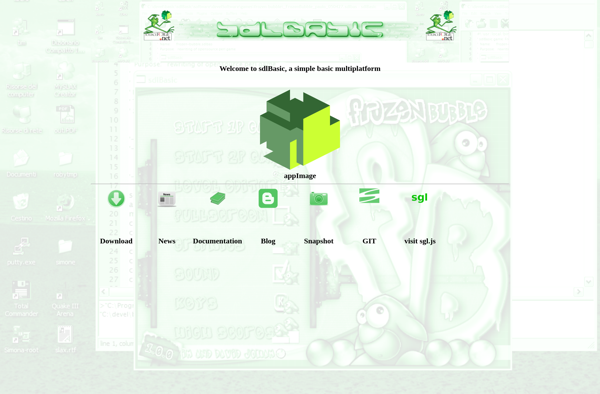
Wyvern
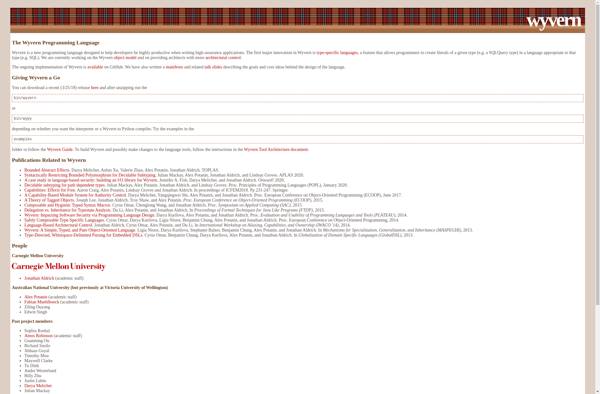
Pike programming language
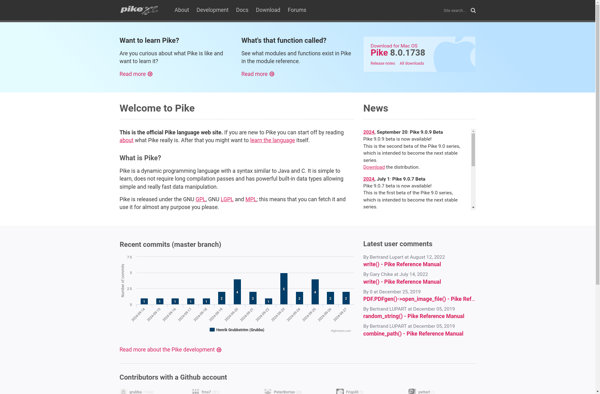
Real-Time JavaScript Tool
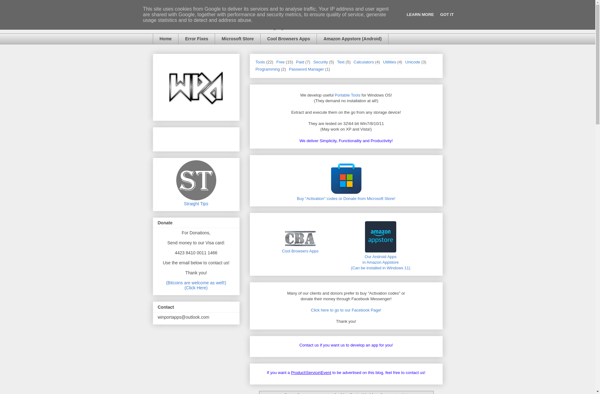
Pharo
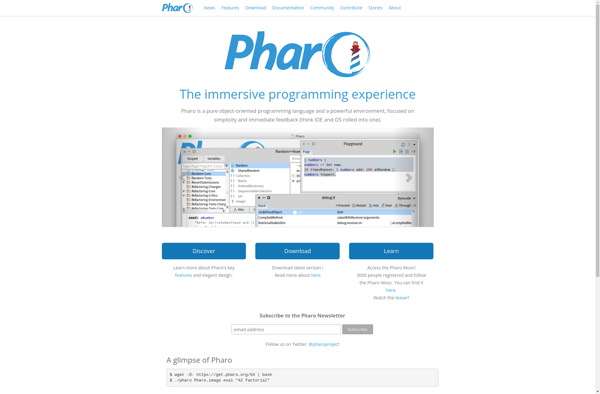
Clojure

SMX
Object Pascal
Janet Language
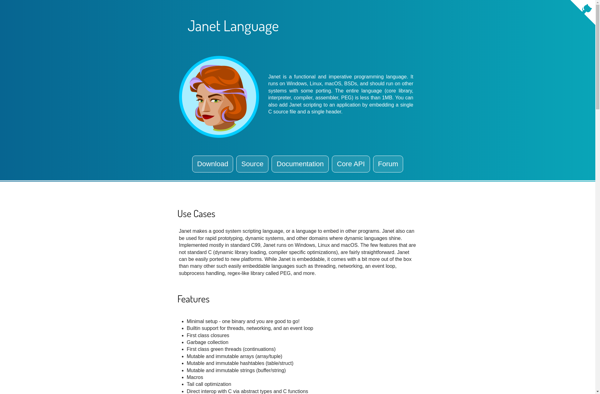
Io (Programming Language)
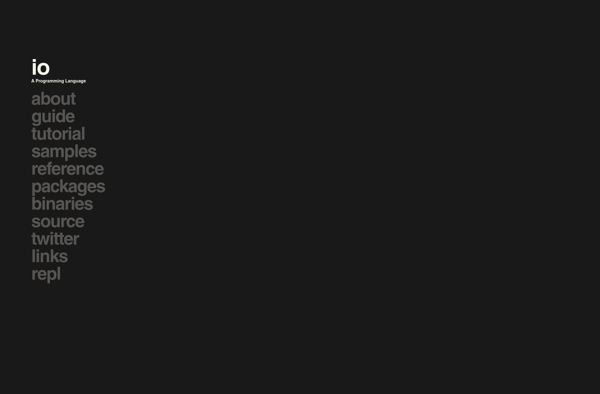
Pony language
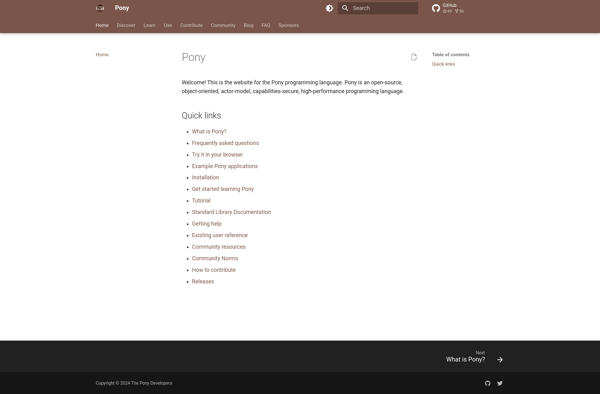
Objective-C

Beef Programming Language

V1 Script
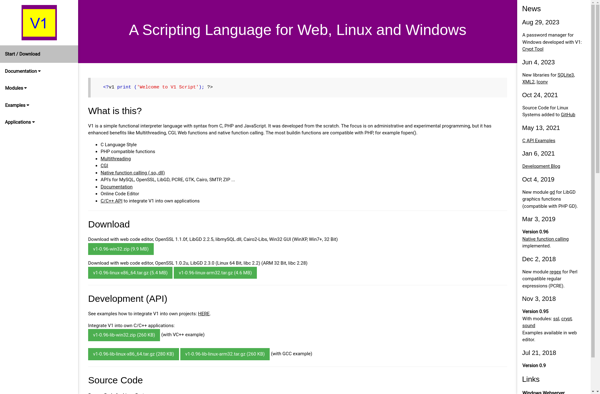
X10 (programming language)

Jabaco
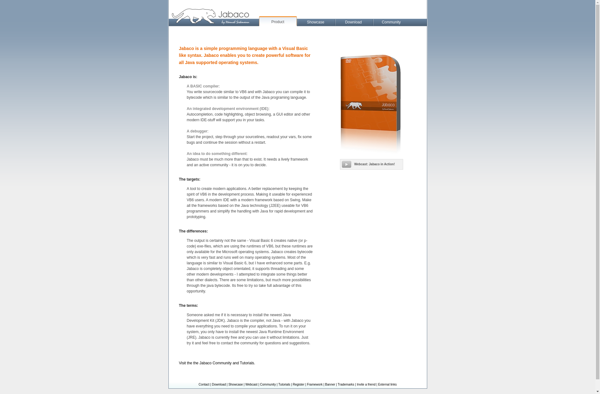
BeanShell

Pyret
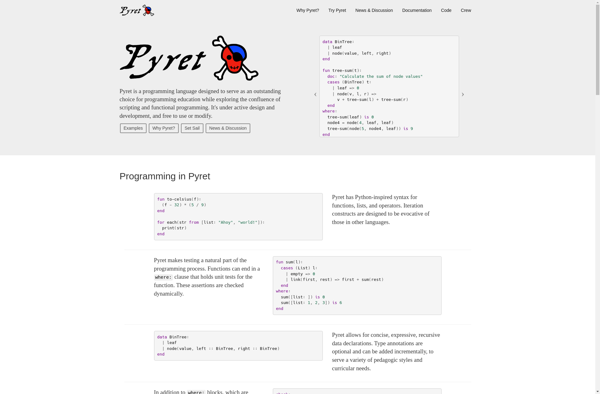
Cobra
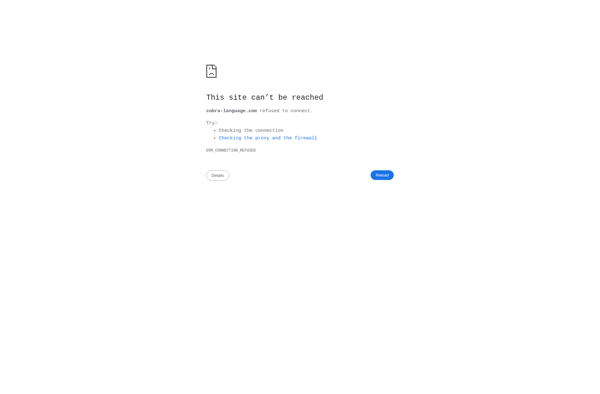
Stackless Python
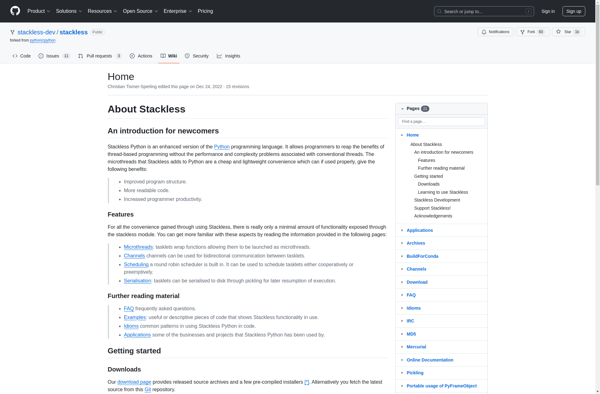
Objective-J
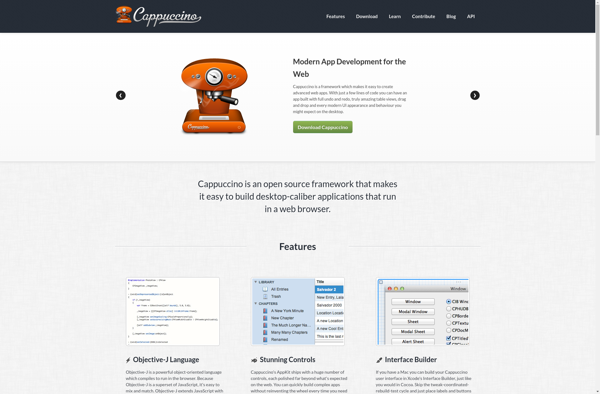
Guile
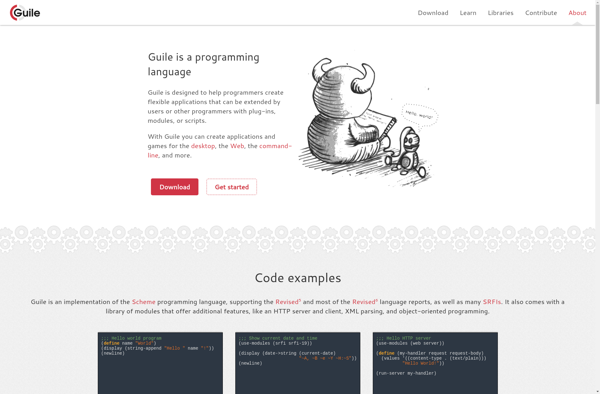
Huginn Programming Language
